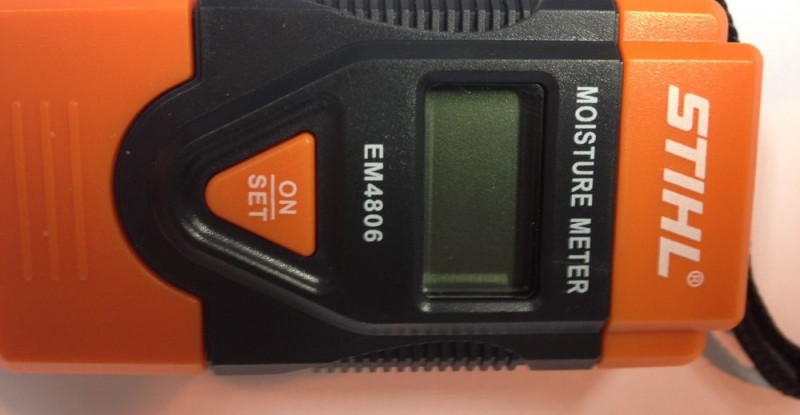There has been a spur of people writing in and asking me why their homebuyers survey has come back with excessive damp reports so I thought I woild publish the my last response to a reader.
Why has my homebuyers survey come back with excessive damp readings?
I’ve recently sold my house and our buyer had a homebuyers report done on the property. The surveyor has returned a scathing report listing 3 serious issues, excessive damp readings, dry rot/ wet rot and electrics. I have lived in this property for 20 years and have never seen any evidence of the above. Since reading this report I have now become an armchair expert on damp although the Internet is a minefield of misinformation. When I test my walls I am getting readings of between 12-16% yet when I remove the wallpaper it drops to zero so I am assuming the damp is in the paper and caused by humidity. In the cellar the timbers which show no visible evidence of damp or rot give a reading of 21-26% these timbers were all put in 19 years ago so are still pretty new ( the house was built in 1904). The cellar itself is not used and has not been tanked so is very damp. Would you interpret theses readings as serious as I have read the fungal spores will not thrive until a reading of 30% is reached…the electrics he also wrote off were perfect as the house was rewired 15 years ago.
Lazy Surveyor or a lack of understanding?
Electrical moisture meters don’t actually measure moisture directly, but rather electrical conductance. They work by passing a current from a battery between two pins, which is measured on a meter. The theory is that the damper a material is, the more current will flow, and this can be used to differentiate between “dry” and “damp
The trouble is, electrical moisture meters are calibrated for use on timber, not masonry walls. They can give reasonable estimates of moisture content in timber, but not in other materials. It does actually explain this in the instruction leaflet but, hey, who bothers to read tha
You are quite right, moisture meters give misleading high readings when used on wallpaper. Both wallpaper, and the paste used to stick it to the walls, are highly hygroscopic – meaning they naturally absorb moisture from the atmosphere.
In any case, 12% to 16% moisture content in wood is not “damp” – it is a normal state for this natural material.
Regarding the readings of 21% to 26% on the newer timbers in the cellar, these timbers are likely to have been chemically pre-treated to prevent timber decay. The chemical treatment is likely to have been “tanalith”, or “CCA formulation”, which stands for “Copper, Chrome, Arsenic”. These three substances are all heavy metals (which conduct electricity), and their salts are also electrically conductive because – guess what? – salts conduct electricity, too!
The “surveyor” who did this report for your prospective buyers is woefully ignorant. I’m not surprised he also found fault with the electrics, as he probably knows as little about electrics as he does about dampness in buildings.
The problem is, you now have to spend time disproving this idiot’s ignorant assumptions. Your first step should be to write to this surveyor, and your prospective buyers’ solicitor, pointing out that he is clearly not aware of British Standard BS6576, which states that electrical moisture meter readings on their own cannot be used to diagnose dampness problems.
Fortunately for you, it’s a bit of a house-sellers’ market at the moment, so hopefully your prospective buyers won’t pull out. If they do, and you need to take this further, then Abbey Independent Surveys (www.abbeyis.com) carry out impartial and accurate dampness surveys throughout the UK, and will provide evidence to disprove this ridiculous report.





